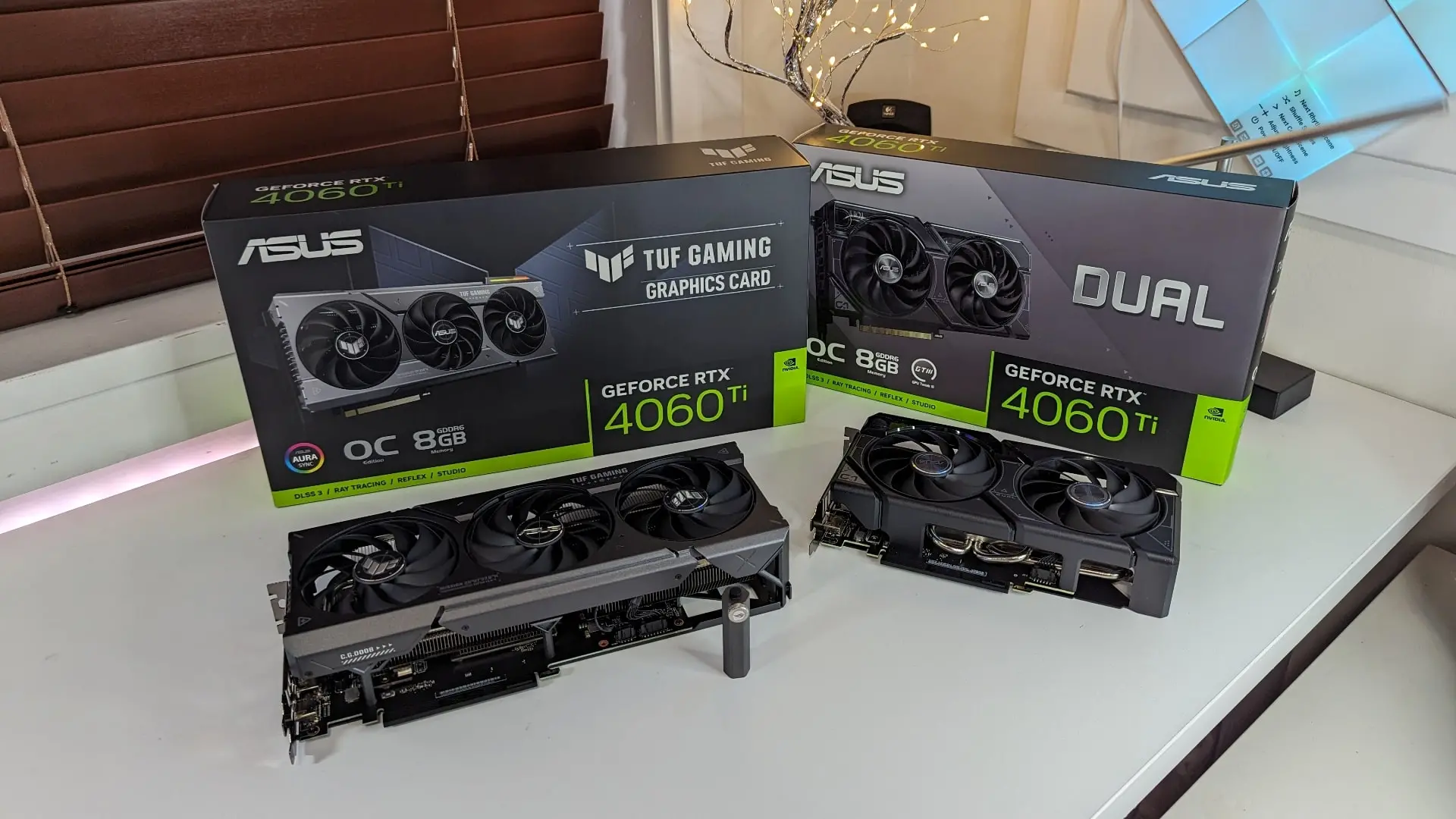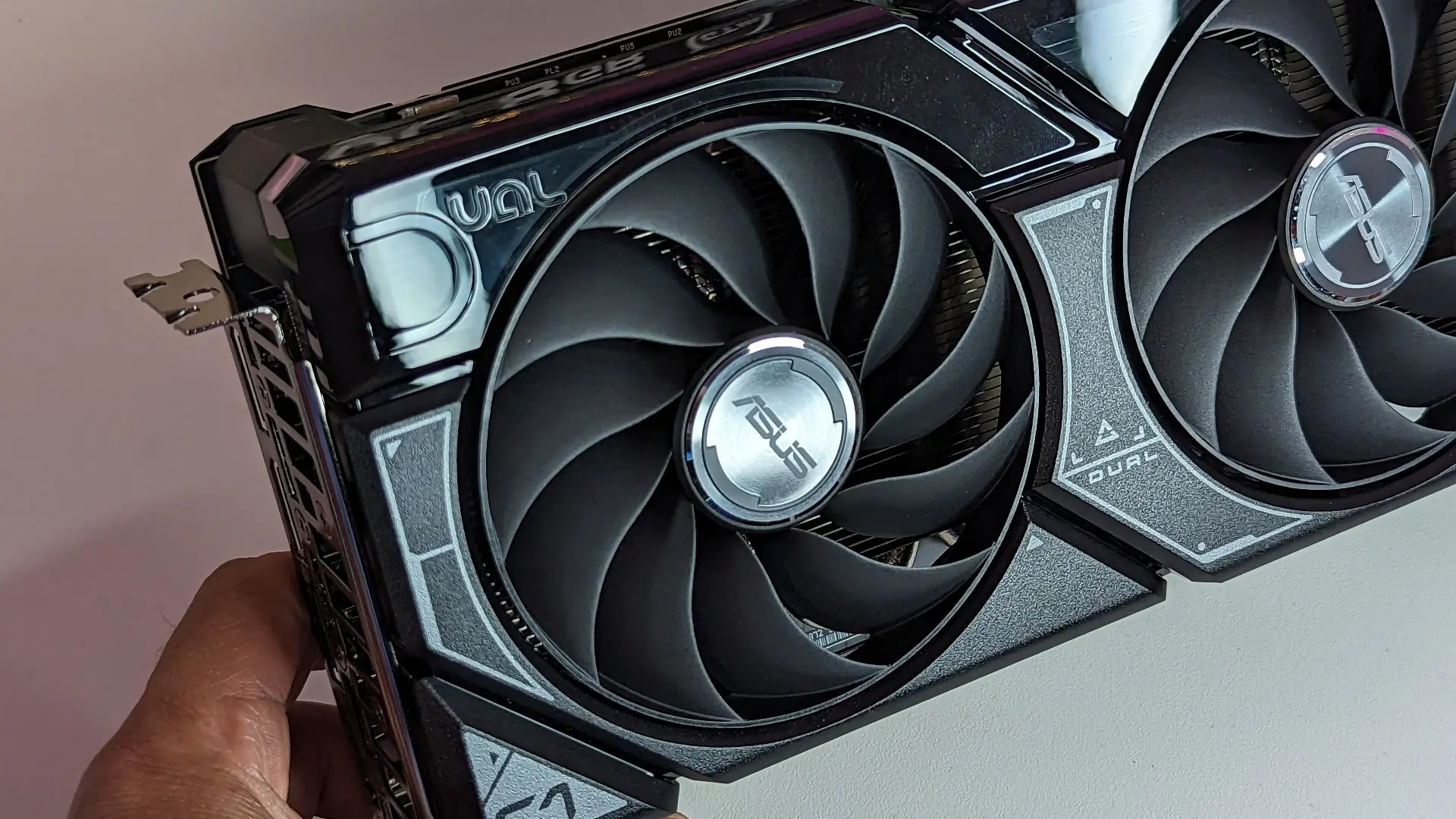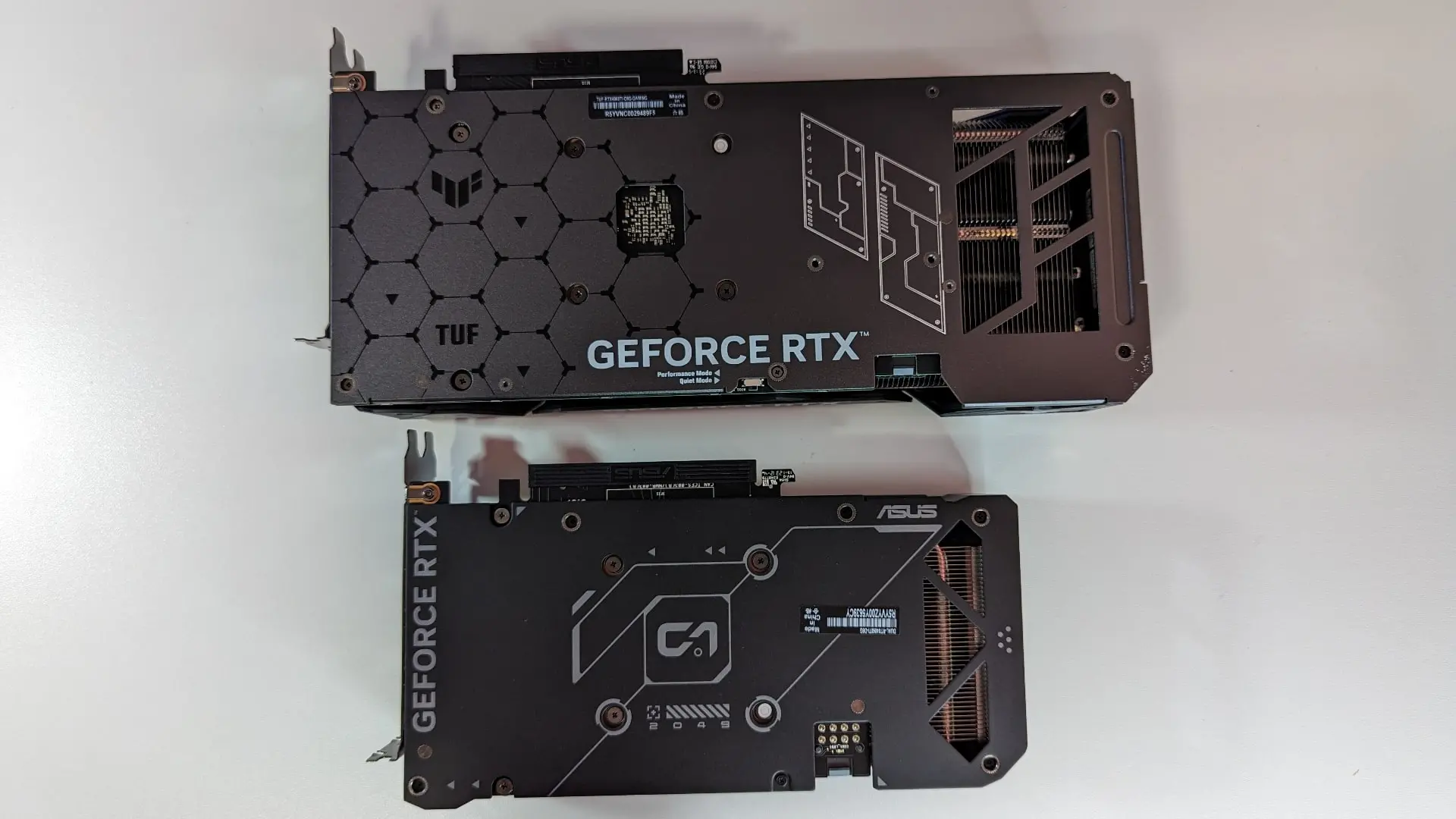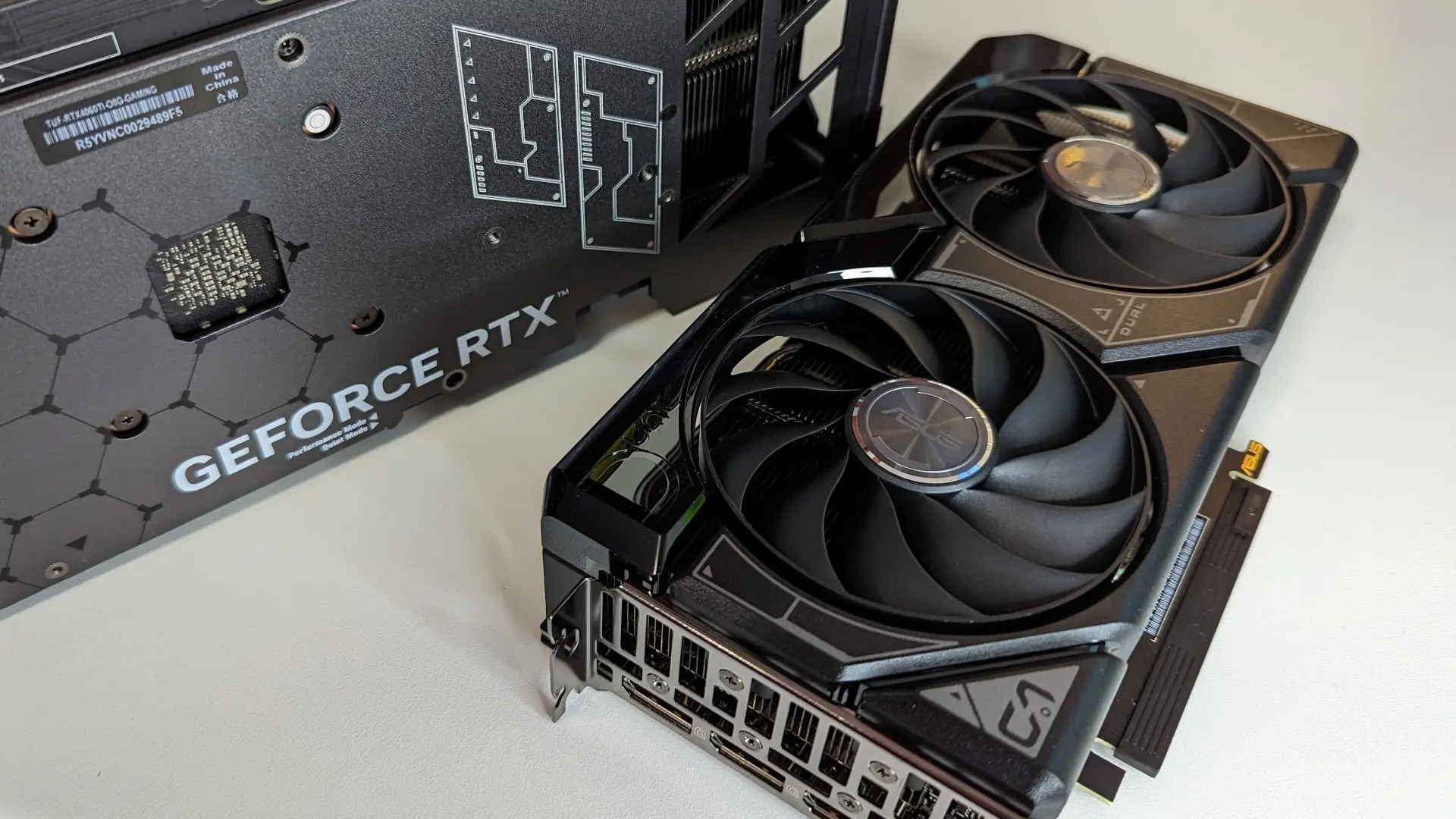
The ASUS TUF Gaming GeForce RTX 4060 Ti and the GeForce RTX 4060 Ti Dual are the latest graphics processing units (GPUs) released by ASUS. Partnering with NVIDIA, ASUS has developed its own version of the NVIDIA 4060 Ti graphics cards. Choosing GPUs from partners like ASUS offers end users advantages such as enhanced factory tuning, additional software, custom air cooling solutions, and more. In this article, I’ll provide an overview of ASUS’s GeForce RTX 4060 Ti TUF Gaming and 4060 Ti Dual graphics cards.
ASUS GeForce RTX 4060 Ti’s common features
Both ASUS 4060 Ti graphics cards share several features and specs. They come with 8GB of RAM, 4352 CUDA cores, and support a maximum resolution of 8K (7680 x 4320 pixels).
Connectivity options
The ASUS 4060 Ti cards offer a good range of connectivity options. Users have the option of choosing from 1x HDMI 2.1a or 3x DisplayPort 1.4a. Both connection options are ideal for transmitting high resolution data to your computer monitors. Having this many connectivity options also means that you can connect multiple monitors to the 4060 Ti graphics cards.

ASUS Axial-tech GPU fans
Another piece of hardware that both ASUS 4060 Ti cards share is the in-house ASUS Axial-tech fans. According to the ASUS website these fans are designed to increase downward air pressure, creating 21% more airflow than traditional GPU fans. These fans also come with dual ball fan bearings enabling them to last up to twice as long as other fans.
Included software
GPU Tweak 3
ASUS’s GPU Tweak 3 software allows enthusiasts to make custom modifications to their video card settings. This free software from ASUS enables users to overclock their GPU, adjust voltage settings, and regulate fan speed. GPU Tweak 3 also includes presets based on popular user needs, making it simple for users to change settings. This software also gives users the ability to create custom profiles that can be linked to specific applications.
QuantumCloud
Both 4060 Ti cards are compatible with the QuantumCloud software. This application enables users to passively earn money by sharing their GPU’s processing power. Once activated the software mines cryptocurrency, and a portion of the profits is shared with the user.
Adobe Creative Cloud
In addition to the GPU Tweak 3 and QuantumCloud, both ASUS 4060 Ti graphics cards come with one free month of access to Adobe Creative Cloud applications.

Differences between ASUS TUF RTX 4060 Ti and 4060 Ti Dual GPUs
While these cards share many similarities in their specs and software features, there are a few key differences that are worth mentioning.
Branding
While both graphics cards come from ASUS, they are marketed slightly differently. The ASUS TUF Gaming variant features built-in RGB LEDs and is compatible with ASUS’s Aura Sync software. Using the Aura Sync software users are able to control the GPU’s RGB LED colours and behaviour. In contrast, the 4060 Ti Dual does not have any RGB LEDs or the ASUS TUF Gaming branding.
Processing speed
The ASUS TUF Gaming GeForce RTX 4060 Ti boasts a slightly higher processing speed, reaching 2626 MHz (stock) and 2655 MHz (overclocked) speeds. On the other hand, the 4060 Ti Dual has a slightly lower clock speed of 2565 MHz (stock) and 2595 MHz (overclocked).
Physical size
Another point of distinction is the physical size of these cards. The ASUS TUF Gaming 4060 Ti measures 300 x 139 x 62.4 mm and has a 3.12 heatsink slot design. The ASUS 4060 Ti Dual is smaller, measuring 227.2 x 123.24 x 49.6 mm with a 2.5 slot design. The larger TUF Gaming card accommodates 3 fans, whereas the Dual variant has 2 fans. To compensate for the weight and size of the TUF Gaming card, ASUS includes a card holder in the packing. This holder is meant to prevent any sagging of the GPU that could potentially damage the motherboard and card.

ASUS GeForce TUF Gaming RTX 4060 Ti and RTX 4060 Ti Dual are impressive cards
As two of the latest additions to ASUS’s GPU lineup, both the ASUS TUF Gaming GeForce RTX 4060 Ti and the GeForce RTX 4060 Ti Dual graphics cards offer impressive features. They share common connectivity options, supported resolutions, and supported software. The main differences lie in their physical features, with the TUF Gaming card having a larger footprint, RGB LEDs, and 3 fans. Additionally, the TUF Gaming card boasts a slightly higher overall processing speed.



